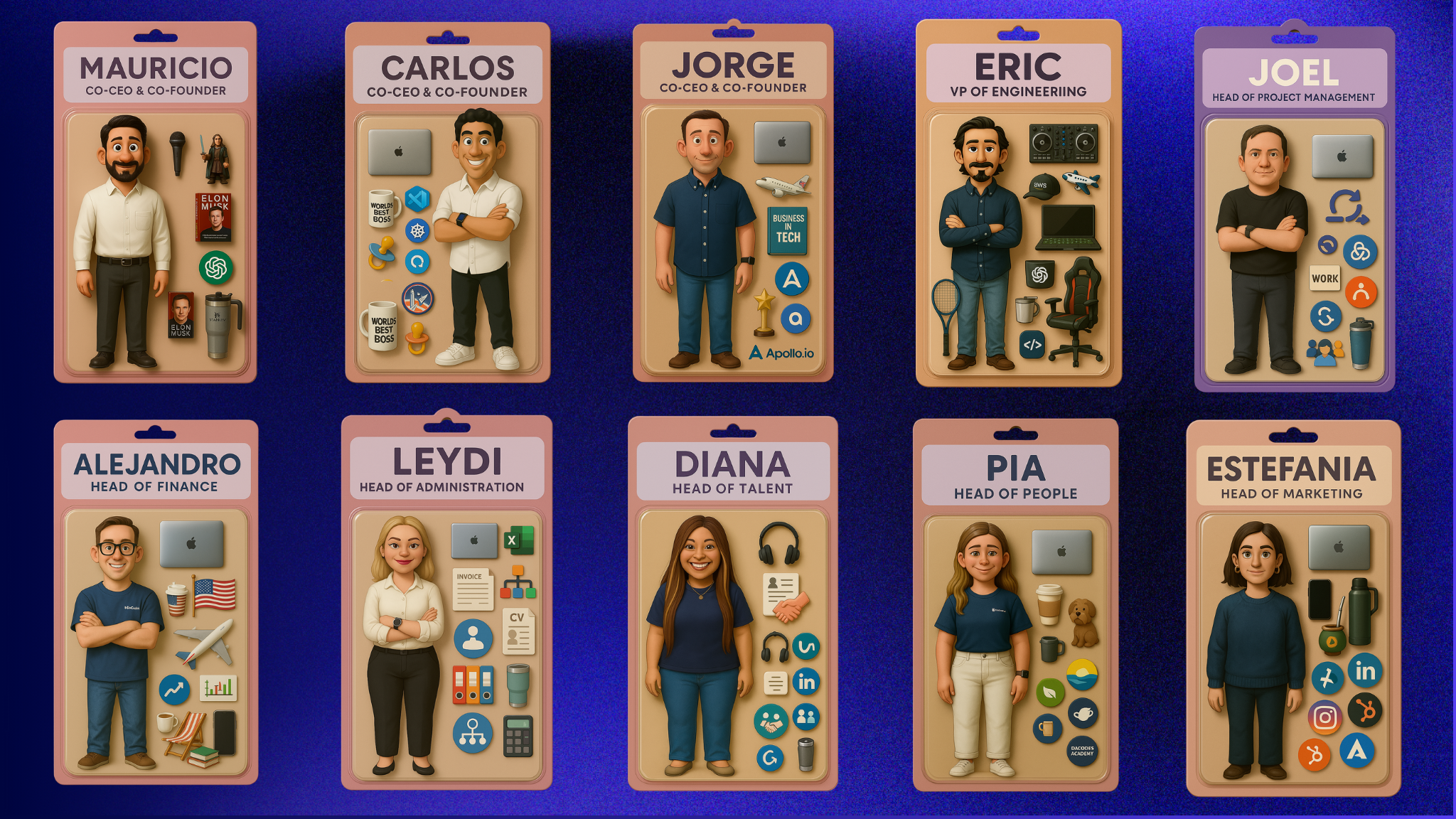The Rise of AI-Generated Action Figures: A New Frontier in Creativity and Industry Applications
In the ever-evolving world of technology, Artificial Intelligence (AI) is pushing the boundaries of what's possible. One such emerging trend is the creation of AI-generated action figures, which are revolutionizing how we think about design, collectibles, and even the broader application of AI in various industries. From personalized figurines to fully optimized production processes, AI is bringing a new level of creativity and efficiency to the world of product design.
How Does AI Make This Possible?
The process of creating AI-generated action figures begins with sophisticated machine learning models and deep neural networks. These AI systems are trained on vast amounts of data—from 3D modeling software to extensive character and design libraries—enabling them to understand patterns in design, human anatomy, and proportions. The AI is fed input in the form of written descriptions or visual prompts (such as images or reference figures), and it uses advanced algorithms to generate 3D models that closely match the user's request.
Key technologies that facilitate this process include:
1. Generative Adversarial Networks (GANs)
GANs are one of the most common approaches used in AI-powered design. They consist of two neural networks working together: a generator and a discriminator. The generator creates new images or models, while the discriminator evaluates their authenticity. Over time, this back-and-forth process allows the generator to improve its designs until it creates highly realistic and accurate models.
2. Natural Language Processing (NLP)
NLP allows AI to interpret and understand textual input (like character descriptions), converting these into design elements. By analyzing text, the AI can learn to add certain features, styles, and characteristics that match the narrative provided by the user.
3. Computer Vision
In cases where users provide images, computer vision enables the AI to understand the visual data, identifying key features such as shape, color, and structure. This technology allows the AI to refine its model output based on real-world visual references, making the generated action figures more realistic and accurate.
4. 3D Modeling Algorithms
These algorithms are responsible for taking the 2D data (either from images or design instructions) and converting it into a three-dimensional representation. The models are refined using 3D scanning and rendering techniques, ensuring they are suitable for physical production or digital visualization in games, AR, and VR environments.
How Can This Technology Be Optimized for Other Industries?
While AI-generated action figures are a fun and innovative concept, the underlying technology has vast potential in a variety of industries. By optimizing the AI process, it can be adapted to serve needs in sectors like healthcare, automotive, education, and more. Below is a look at how this AI-driven approach could benefit other industries, especially healthcare.
1. Healthcare: AI for Custom Prosthetics and Medical Models
The healthcare industry could benefit immensely from AI-generated models for prosthetics, anatomical simulations, and even personalized medical devices. For example, AI can take scans from a patient (e.g., MRI or CT scans) and generate a precise 3D model of a person’s body, allowing for the design of custom prosthetics or implants that fit perfectly to individual needs.
-
Personalized Prosthetics: By using AI to generate highly accurate 3D models based on a patient's physical scans, prosthetics can be designed to perfectly fit the user, offering comfort and improved functionality. The process is far more efficient than traditional methods, reducing the time it takes to create these essential devices.
-
Surgical Planning: Surgeons can use AI-generated models to create virtual representations of the human body or organs, allowing for better planning of surgeries. This approach could be a game-changer for complex surgeries where precision is crucial.
-
Patient-Specific Treatment: AI could be employed to generate custom treatment plans based on individual data, optimizing the use of drugs, surgical methods, and therapies. This personalized approach is already being explored in areas like cancer treatment, where AI models can predict the most effective drugs for each patient.
2. Education: AI for Customized Learning Tools
In education, AI can generate tailored learning materials and resources that fit the needs of each student. Imagine AI creating personalized textbooks, interactive learning tools, or even virtual teaching assistants that adapt to each student’s pace and learning style.
-
Interactive Educational Tools: Similar to AI-generated action figures, AI can generate customized educational content, from 3D models of historical figures to interactive simulations that allow students to explore concepts in a highly engaging way.
-
Virtual Classrooms: AI can be used to create virtual classroom environments tailored to each learner, providing them with customized content and resources. These environments can simulate real-life experiences, making education more accessible and effective.
3. Automotive: AI for Custom Car Designs and Parts
The automotive industry is increasingly using AI to design custom cars and parts. AI-generated models allow for more innovative and personalized car designs, from body parts to interiors.
-
Personalized Car Parts: Using the same AI processes as for action figures, car manufacturers could create customized car parts based on user preferences, ensuring a unique fit and design for every car on the road.
-
Prototyping and Testing: AI can generate multiple car prototypes in minutes, allowing designers to test different configurations and features before committing to the manufacturing process. This can dramatically speed up the design process and lead to more innovative solutions.
Conclusion
The AI-generated action figure trend is just the beginning of what AI can do in the world of design and beyond. By leveraging cutting-edge technologies like GANs, NLP, and 3D modeling, AI is revolutionizing how we create, personalize, and manufacture products. The same techniques can be optimized and applied across multiple industries, from healthcare to education and automotive, opening up exciting new possibilities for custom solutions, faster production times, and personalized services that can transform industries as we know them.
As AI continues to evolve, the potential for creative and practical applications is limitless, offering opportunities to enhance nearly every aspect of our daily lives and industries.


